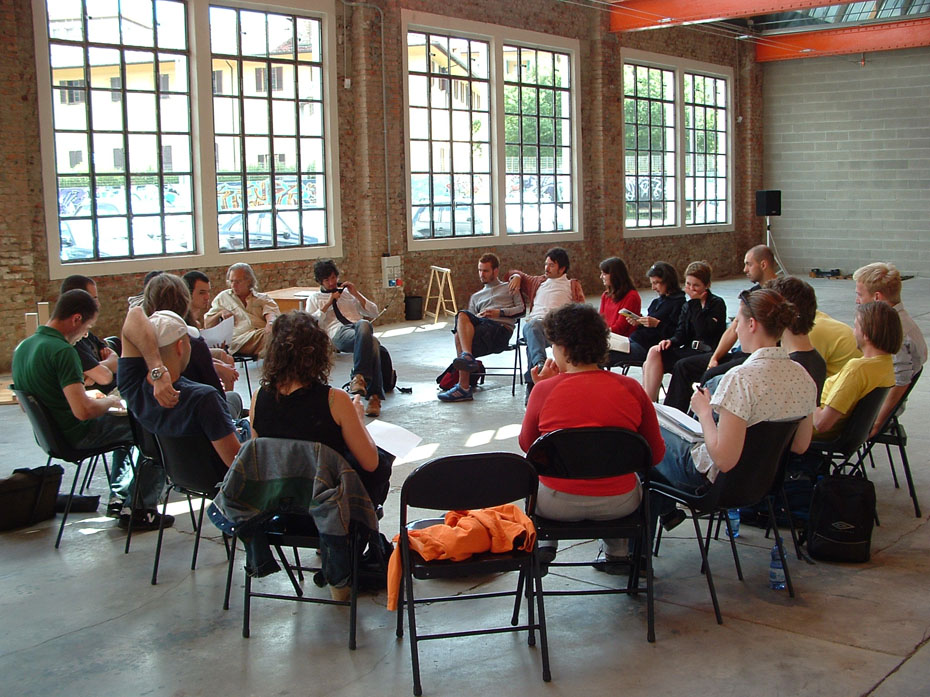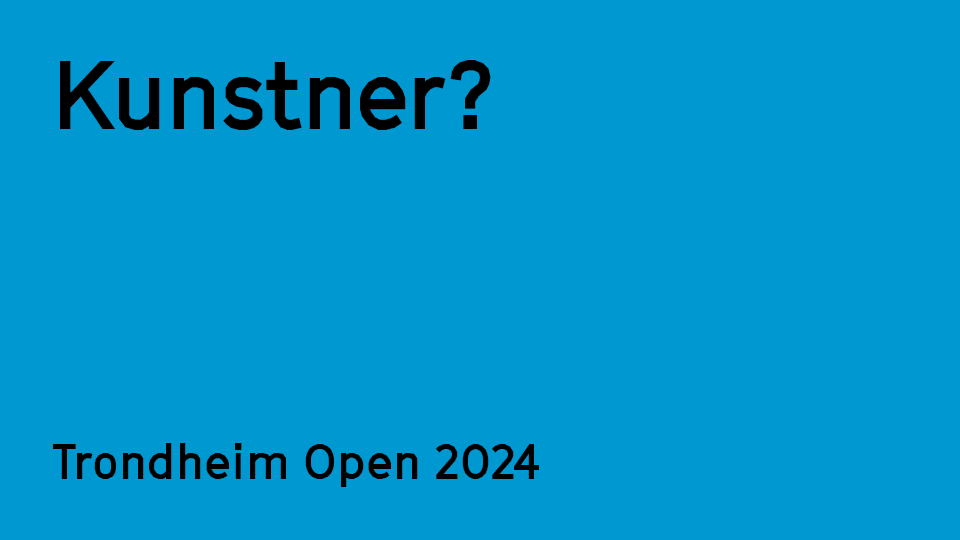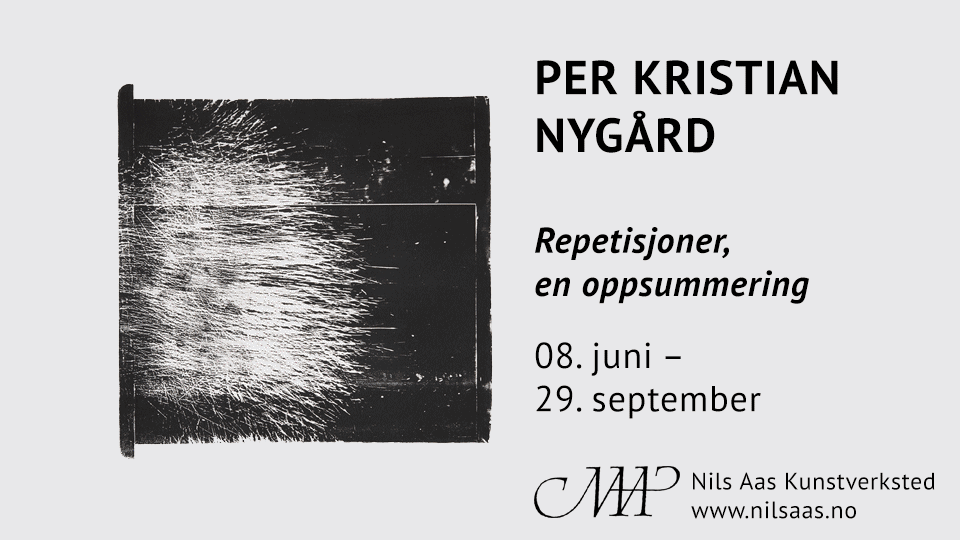Artistic research under the microscope!

Kunstnerisk forskning under lupen!, Opinion, artscenetrondheim 31.03.2023
In recent years, art education in Norway has become more closely integrated with academia. With the major exception of Oslo National Academy of the Arts (KHiO), most formerly independent art schools, which once defined their own curricula and courses, have now been incorporated into the universities of Trondheim (NTNU), Tromsø (UiT) and Bergen (UiB). In its latest text series, ArtScene Trondheim takes a closer look at the ways artistic research is influencing current art production.
There is a historical tradition of artists working together with researchers in the sciences and humanities. But as the artist Ane Hjort Guttu wrote in Kunstkritikk.no in 2020, in addition, the restructuring of the art education system as part of the Bologna process has “prescribed a new artist role: the project manager”. Guttu believes that since the art field itself never developed subject-specific evaluation criteria beyond “artistic judgement”, a gulf has opened between the quality criteria used in the art field and those of academia; in her view, the assessment systems of the academic world – including study credits, subject structures and exams – together with bureaucracy and a weakening of the position of specialised staff, have collectively had a negative impact on art education.
Has this shift towards artistic research in art education created a distinction between the criteria used to judge art in conventional settings, such as galleries and museums on the one hand, and the art education sector on the other? And if it has, what are the implications for the art field more broadly? In 2020, performance artist Bogdan Szyber criticised artistic research for ploughing its own furrow. He believes that financial incentives and what he calls the “accreditation sickness” have forced artists into a research mania. On Kunstkritikk.no, Szyber said that: “What I’m saying is that the emperor has no clothes. The point I’m making is that artistic research produces its own artistic genre – ‘edu-art’ – which appears to have little or no impact on the art field in general.”
As early as 2001, the artist Lars Vilks, who from 1997 to 2003 was also professor of art theory at Bergen National Academy of the Arts, pointed out that applying academic assessment criteria in art would be a challenge: “art obscures knowledge, while science illuminates it.” (Bergens tidende, 07.10.2001). Vilks compared the essence of art to a young cuckoo sitting in the nest: “One striking problem in the new field of artistic research is art itself. Even if the little experience we have acquired so far allows us to conclude that these projects really are conducting research, or something like it, still it would appear that the art has vanished. Which is perfectly understandable. In the context of research, art tends to be rather troublesome. A wayward anomaly that evades objective analysis. But in this case, the ‘wayward anomaly’ is what it’s all about.”
In an article on Khrono (01.07.21), Jørn Mortensen and Trine Johansen Meza from Kristiania University College in Oslo insist that plans for higher education need to consider what is distinctive about the arts. In their view, art subjects have something to contribute: “Art has always been a source of insight. (…) When long-term planning excludes the arts, it effectively ignores the need for knowledge production in a subject field that the state has an obligation to maintain and develop, while at the same time failing to recognise the economic and cultural values this field of knowledge produces.”
Marianne Skjulhaug, who recently announced her move from NTNU to KHiO, where she takes over as the new rector, has made a point of saying that artistic research should be careful not to throw out the art with the bath water. At NTNU, she was dean at the Faculty of Architecture and Design, which is also home to the Trondheim Academy of Fine Art. In connection with her move, she has said to Khrono that “art and art production are under pressure (…)” and further: “Art in its various forms has the unique ability to plumb the depths of the human condition, and to help us create, understand and exist in the world. Art has the potential to help us achieve a sustainable society. Therefore KHiO.”
This series of texts about art and research kicks off with a contribution from Joen Vedel, a PhD student at Trondheim Academy of Fine Art, in conversation with Nabil Ahmed, professor of visual intervention at the same. The position they argue for is that the art world today does not show enough curiosity about research and the possibilities that lie in the production of new knowledge:
For INTERPRT and Nabil Ahmed, the ultimate objective is neither research nor art as such, but rather an ongoing quest for the most effective way to communicate their research, using not just the channels of the classic exhibition format and online fora, but also in some cases the kinds of evidential material used in litigation against states or large multinational corporations.
According to Vedel, there is a strong tendency to approach the debate with a defensive attitude: “(…) because someone believes that art – or research – is under attack and needs to be protected so that it can remain as it is. Within the art world, this defensive (read conservative) position has often been characterised by a pronounced fear that academic disciplines pose a threat to something as sacred as ‘artistic freedom’, although in the context it is rarely questioned what this kind of ‘freedom’ entails.”
Article photo: From a workshop with Jimmie Durham, 2004. Photo: Anna Castelli (CC).
Read the texts in the series:
Artistic research and new fantasies
Wonder by numbers
Passages and potentials
Original text translated by Peter Cripps / The Wordwrights






